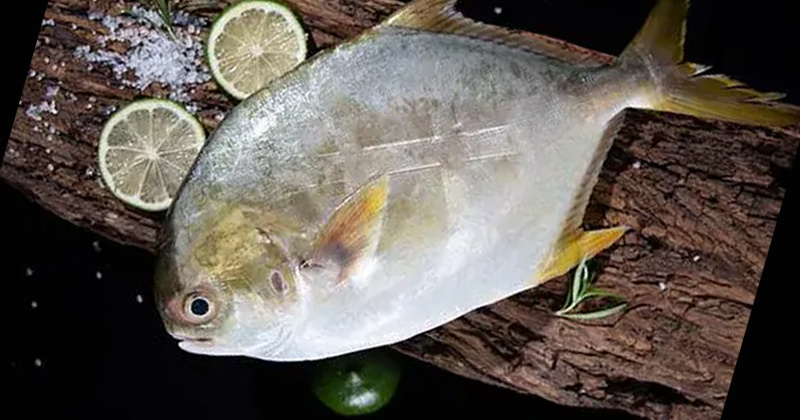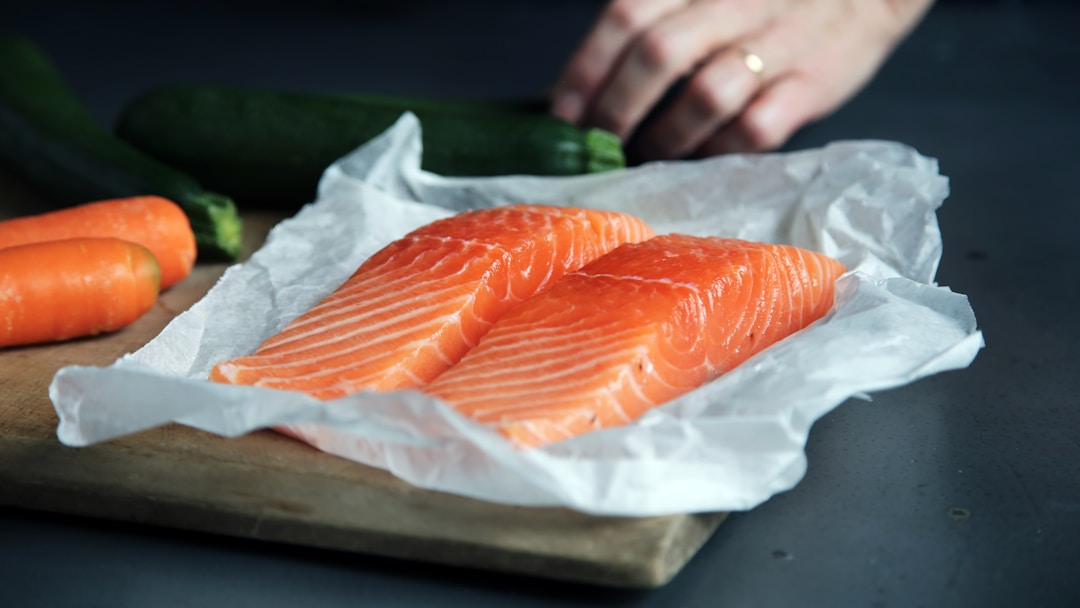Assessing the Cost-Effectiveness of Innovative Seafood Preservation Technologies in Commercial Applications
Release Time:
Mar 21,2024
As the seafood industry continues to evolve, innovative preservation technologies have emerged as key enablers of efficiency and quality improvement. However, the cost-effectiveness of these technologies varies depending on several factors, making it essential for seafood businesses to carefully evaluate their options before investing.

As the seafood industry continues to evolve, innovative preservation technologies have emerged as key enablers of efficiency and quality improvement. However, the cost-effectiveness of these technologies varies depending on several factors, making it essential for seafood businesses to carefully evaluate their options before investing.
Low-temperature ripening technology for seafood, while offering superior quality preservation, may require significant initial investment in specialized equipment and process modifications. However, the long-term benefits of reduced food waste and extended shelf life could offset these costs, especially for businesses with a strong focus on quality and sustainability.
Seafood deodorization technology, on the other hand, may present a more immediate cost-effective solution for processors dealing with the issue of fishy odors. By eliminating the need for costly reprocessing or product disposal due to odor complaints, this technology can quickly pay for itself and improve customer satisfaction.
Raw freezing and proofing technology has demonstrated strong cost-effectiveness in the production of fermented wheat and rice products, such as steamed buns and dumplings. By allowing for consistent quality and taste after freezing and thawing, this technology enables foodservice providers and retailers to streamline their supply chains and reduce waste.
Frozen vegetable crisp green technology, while offering year-round availability of fresh-looking and tasting vegetables, may come with a higher initial investment compared to other technologies. However, for businesses targeting health-conscious consumers or seeking to differentiate themselves in the marketplace, this technology can provide a strong competitive advantage.
When assessing the cost-effectiveness of these technologies, seafood businesses should also consider factors such as market demand, regulatory compliance, and potential environmental impacts. By balancing these factors with their financial goals, businesses can make informed decisions about which technologies to adopt and how to maximize their return on investment.
In conclusion, while all four innovative seafood preservation technologies offer unique benefits, their cost-effectiveness will vary depending on individual business needs and market conditions. By conducting thorough evaluations and weighing the pros and cons of each technology, seafood businesses can identify the most suitable solutions for their unique requirements and drive long-term success.






